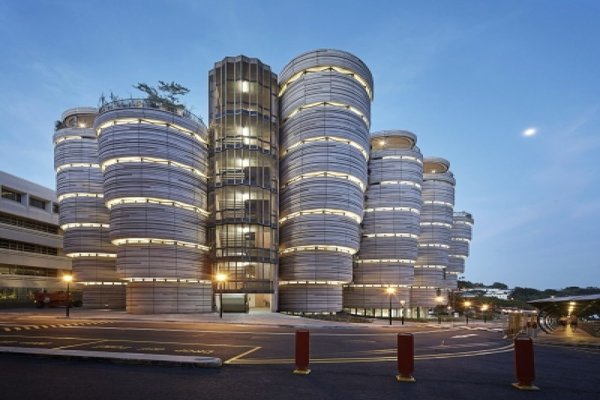About WMU
Wenzhou Medical University (WMU), it’s history can be traced
back from Zhejiang Medical School established in Hangzhou in 1912. Wenzhou
Medical University is ranked as the 18th among the medical schools in China.
Average passing rate of WMU graduates in Chinese Doctor’s License Examination
is more than 80% and within the top 10% among all Chinese Medical Schools. The
passing rate was the 5th place of the 147 medical schools in China. In 2015,
the employment satisfaction rate was ranked the 2nd place among the graduates
and the 5th place among the employers in China.
Wenzhou Medical University embraces internationalization in the
course of its development. It has established partnerships with more than 80
universities and institutions all over the world, collaborating in
scholar/student exchanges, joint education programs, joint research, etc. Two
Confucius Institutes have been co-established with Burapha University in
Thailand and SUNY College of Optometry respectively.
Wenzhou Medical University seeks to establish itself as a
leading educational and research university deserving of international
recognition- an institution emphasizing undergraduate medical education while
vigorously developing graduated programs of the highest standard, maintaining
medical disciplines as its core while promoting multi-disciplinary programs;
and aspiring to serve the community and China as a whole with a global vision.
About Wenzhou
Wenzhou is located at the middle section of the circum-Pacific
18,000-kilometer-long west coast of China, intersecting the two economic zones
of the Yangtze River and the Pearl River Deltas. It is the economic, cultural
and transport center of south Zhejiang Province.
Wenzhou derives its present name from its mild climate. It is a
part of those subtropiclal maritime regions with a humid climate, noticeable
for its alternating dry and monsoon periods, with distinct seasons and abundant
rainfall, yet without intense heat in the summer nor bitter cold in the winter.
Since Wenzhou is a coastal city, seafood is the most popular
cuisine in the Chinese restaurants in Wenzhou and a lot of local dishes are
based on seafood.
Campus
Composed of four campuses, WMU covers a total area of 1,900 mu
with a building space of 550,000m. The university library has a collection of
2,250,000 volumes. WMU publishes five academic Journals and one academic
newspaper, among which three journals are listed in CSTPCD. In addition, our
journal, the Chinese Journal of Optometry & Ophthalmology and Visual
Science, is listed as one of Chinese Medical Association Journals. Four of five
affiliated hospitals are ranked as Grade 3 Class A. Besides, there are another
16 non-directly affiliated hospitals all around the province.






